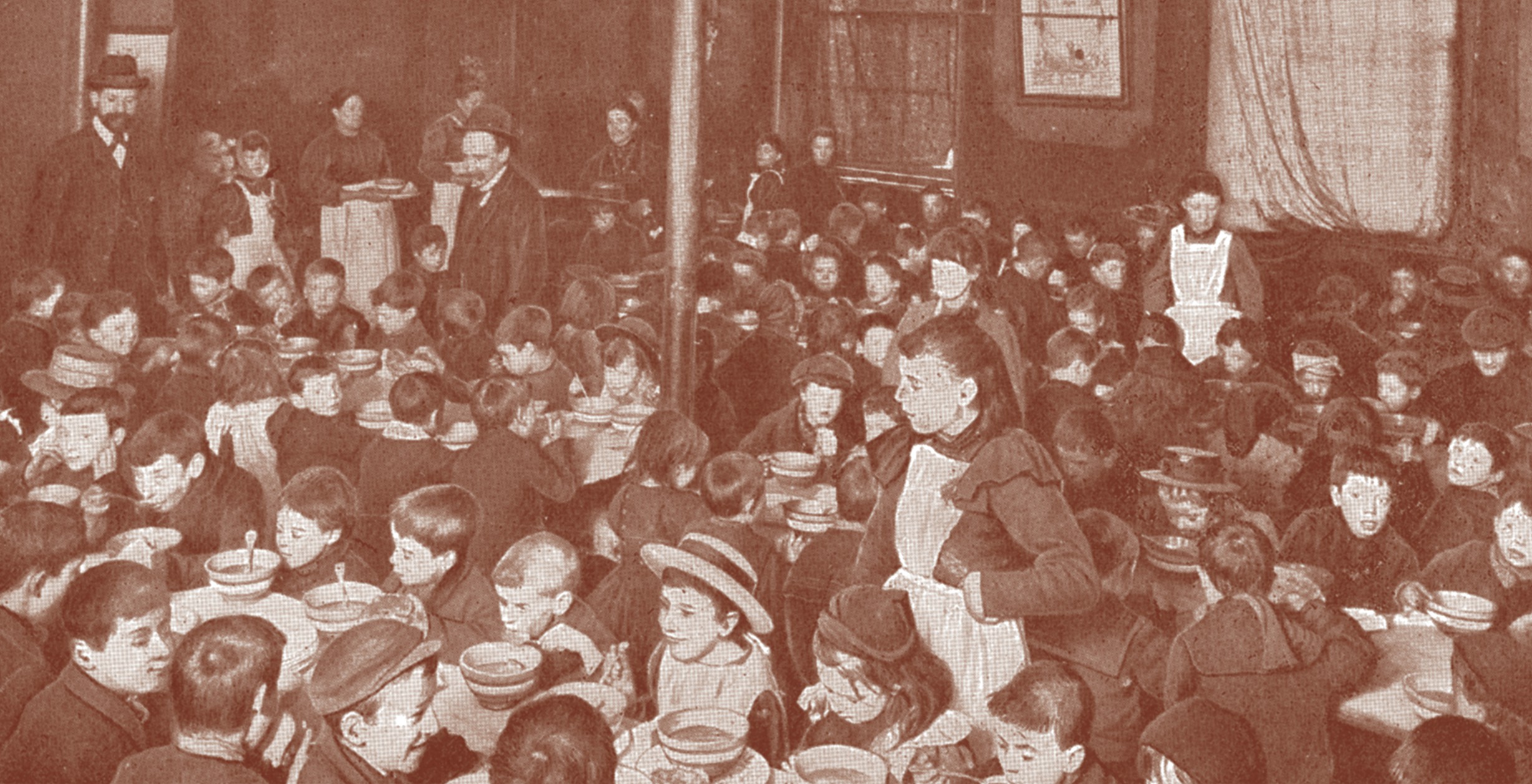
The Liberal government which took office in December 1905 and scored a landslide election victory in January 1906 is remembered for laying the foundations of the welfare state. ‘New Liberalism’, with its emphasis on the need for greater government intervention to promote social reform, had originated in the 1890s and was put into practice when the party returned to government.
The introduction of Old Age Pensions in Lloyd George’s People’s Budget of 1908 and the 1911 National Insurance Act which provided free medical treatment and sickness benefit for low-paid workers and an unemployment benefit scheme covering 2.25 million people are the best-known provisions in this programme of social reform. But what measures did this Liberal government introduce for children, and how effective were they?
Your organisation does not have access to this article.
Sign up today to give your students the edge they need to achieve their best grades with subject expertise
Subscribe




